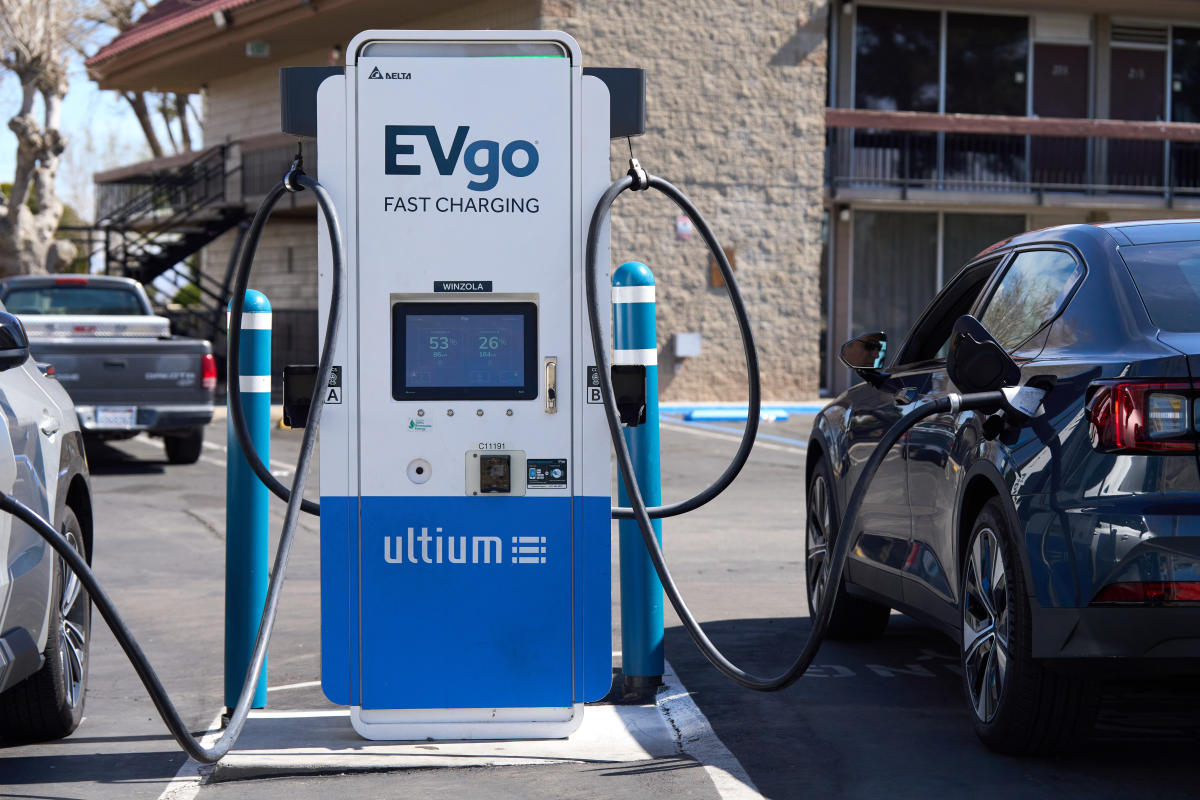

The Biden administration’s new regulation limiting tailpipe emissions from cars and light trucks would transform the U.S. automobile market, charting a course away from the internal combustion engine and toward a future of electric cars and hybrids.
Here’s what to know about the measure.
It’s a big deal in the fight against climate change
Sign up for The Morning newsletter from the New York Times
In terms of lowering the emissions that are heating the planet, this regulation does more than any other climate rule issued by the federal government and more than any measure planned in the remainder of President Joe Biden’s first term.
That’s partly because transportation is the largest source of greenhouse gases generated by the United States. It’s also because the rule is objectively ambitious. The rule is projected to eliminate more than 7 billion tons of carbon dioxide from the atmosphere over the next 30 years, more than all the greenhouse gases produced by the entire U.S. economy in one year. And, because the United States is a huge auto market, analysts project that companies making cleaner cars in the United States will start to sell them on the global market as other governments enact or move toward similar standards.
The rule is not a ban on gasoline-powered vehicles
The rule does not mandate sales of electric vehicles, and consumers can still buy and drive gas-powered cars. Rather, it requires carmakers to meet tough new average emissions limits across their entire product lines; it’s up to manufacturers to decide how to meet those limits.
Under the Clean Air Act, the Environmental Protection Agency can limit the pollution generated by the total number of cars each year. EPA officials said that, as long as automakers comply with the emissions rules, they can sell a mix of gasoline-burning cars, hybrids, EVs or other types of vehicles, such as cars powered by hydrogen.
The rule does not apply to sales of used vehicles.
It penalizes carmakers, not consumers, for noncompliance
Starting in model year 2027, when the rule takes effect, car companies will report to the EPA the average emissions associated with all the passenger vehicles they sell. The emissions limits will start modestly and ramp up slowly in the early years of the program, rising sharply after 2030. Companies that don’t meet the emissions limits would have to pay fines that could reach into the billions of dollars.
Success depends on consumer behavior
Whether U.S. roadways fill with nonpolluting vehicles hinges on a central question: Will motorists buy them? Early adopters flocked to EVs, but sales have cooled and carmakers are concerned they need more time to develop the market. That’s one reason the EPA pushed back the most stringent emissions requirements for auto sales until after 2030, so that manufacturers could improve designs and develop more affordable models, and for charging infrastructure to be built.
Trump could roll back the rule, but not quickly or easily
Trump has vowed to “terminate” the Biden administration’s climate rules “on Day 1.” But now that the car rule is final, it will be more difficult and time-consuming, though not impossible, for a future administration to roll it back. And even if it were, the Clean Air Act requires that it be replaced with another rule controlling greenhouse pollution from vehicles.
Its fate is likely to be decided by the Supreme Court
The rules are expected to face an immediate legal challenge by a coalition of fossil fuel companies and Republican attorneys general, complaints that are likely to wind their way to the Supreme Court. The 6-3 conservative majority on the court has, in recent years, taken steps to limit the authority of the EPA. In a 2022 decision on another major EPA climate rule, the court sharply limited, but did not strike down, the agency’s authority to limit greenhouse pollution from power plants.
c.2024 The New York Times Company
EMEA Tribune is not involved in this news article, it is taken from our partners and or from the News Agencies. Copyright and Credit go to the News Agencies, email [email protected] Follow our WhatsApp verified Channel









